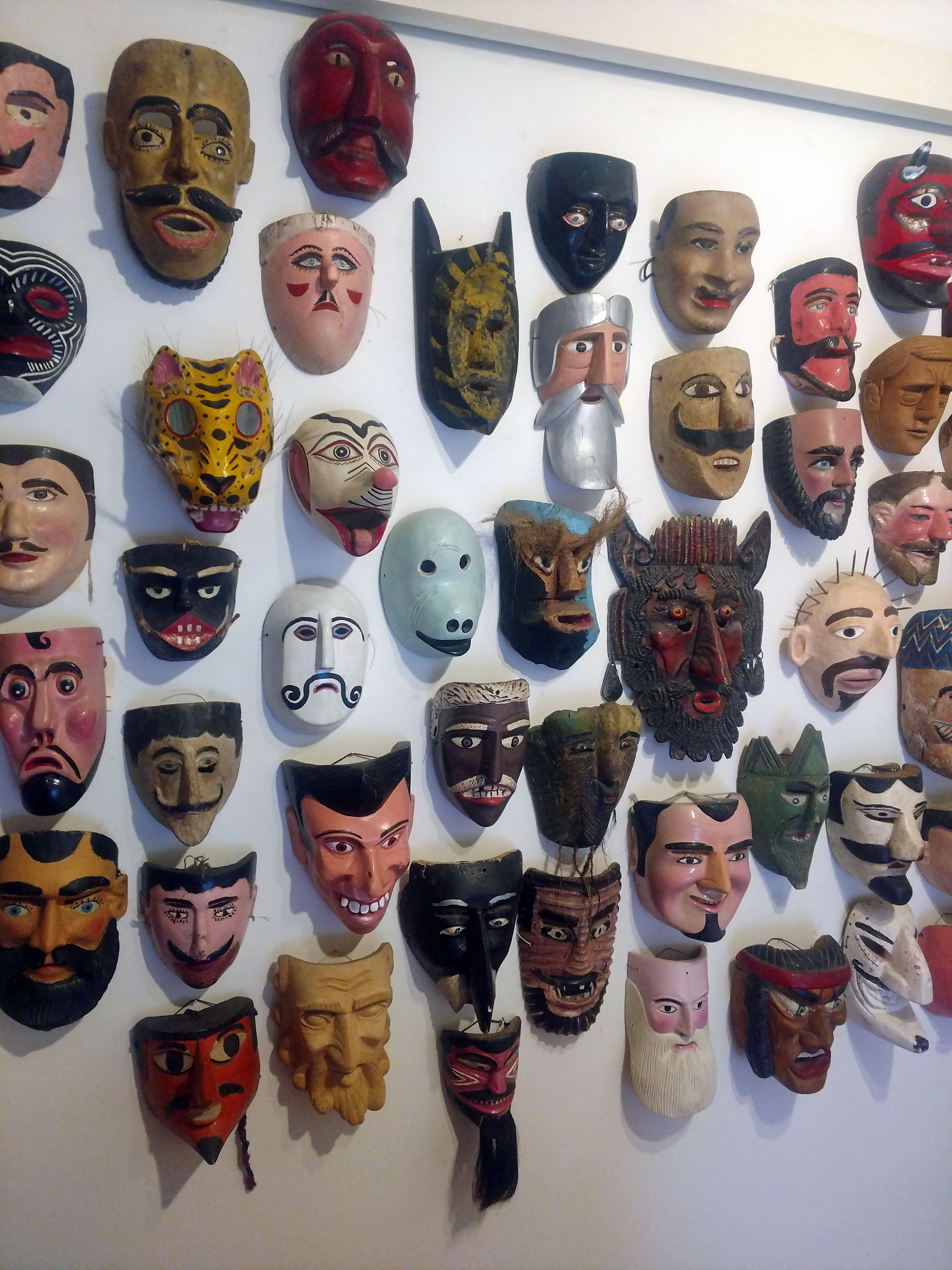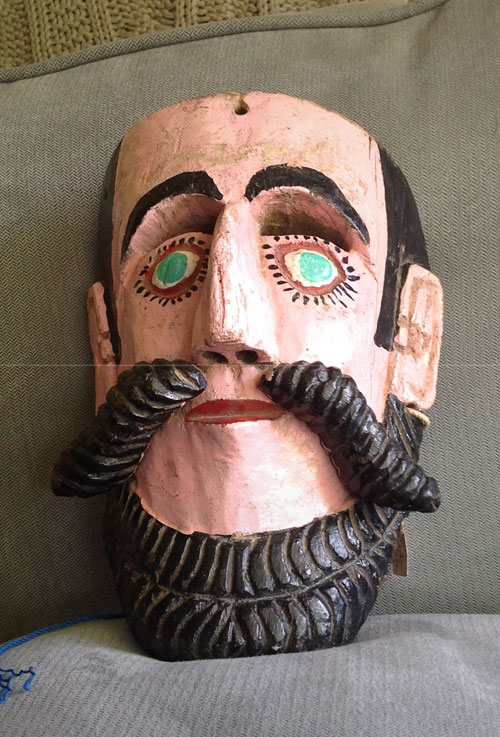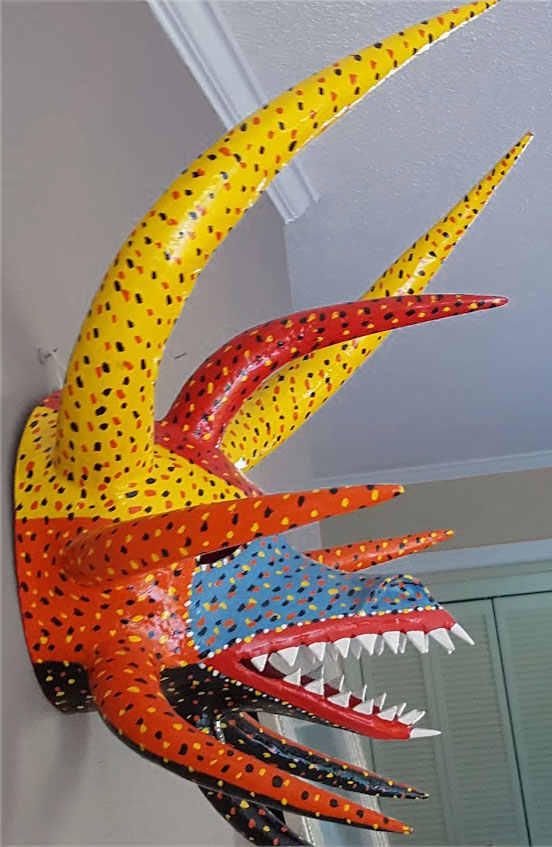 With the coronavirus still spreading and everything around town closed, lets spend more time on the computer learning about ethnographic masks. Your first website to visit could be Rand African Art. Here is part of what Rand says about a pair of Kifwebe masks in his collection. These two are from the Songye people in the Democratic Republic of Congo.
With the coronavirus still spreading and everything around town closed, lets spend more time on the computer learning about ethnographic masks. Your first website to visit could be Rand African Art. Here is part of what Rand says about a pair of Kifwebe masks in his collection. These two are from the Songye people in the Democratic Republic of Congo.
They are differentiated by gender and by their shape and size but also by the basic surface coloration and the decorative design and patterns on the surface. The masks said to represent a female are rarer than masks supposed to depict a male. Normally a band of mask-wearers is made up of one female mask and a number of male masks. All of the wearers, of course, are male.
Female masks (#2) will have no sagittal crest or perhaps a slightly raised flat one. Female masks exude beauty, tranquility and inner peace. They are not aggressive, either in their appearance or in their behavior. Male masks, on the other hand, are aggressive in their general appearance as well as in their comportment during their performances and village visits.
There are at least two kinds of masks said to represent males, it is believed they represent the senior and the junior. The senior is usually larger in size, with a big sagittal crest which can be a separate formal entity, or a continuation of the forehead protruding above the forehead. The crest and the conical protrusion are supposed to contain the magical strength of the mask, hence the bigger the crest the more powerful the mask.





